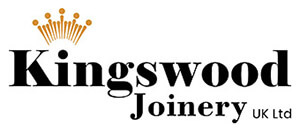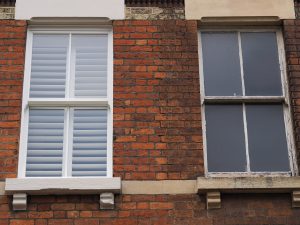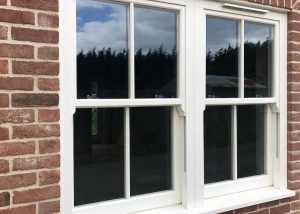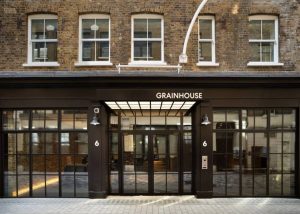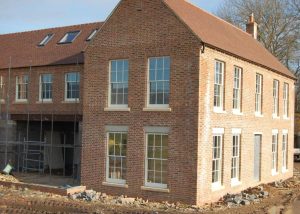Facts about Bradford
General Info
Bradford is a city in West Yorkshire, England. It became a municipal borough in 1847, received a city charter in 1897 and, since the 1974 reform, the city status has belonged to the larger City of Bradford metropolitan borough. It had a population of 349,561 at the 2011 census; the second-largest subdivision of the West Yorkshire Built-up Area after Leeds, which is approximately 9 miles (14 km) to the east. The borough had a population of 546,976, making it the 9th most populous district in England.
Historically part of the West Riding of Yorkshire, the city grew in the 19th century as an international centre of textile manufacture, particularly wool. It was a boomtown of the Industrial Revolution, and amongst the earliest industrialised settlements, rapidly becoming the “wool capital of the world”; this in turn gave rise to the nicknames “Woolopolis” and “Wool City”. Lying in the eastern foothills of the Pennines, the area’s access to supplies of coal, iron ore and soft water facilitated the growth of a manufacturing base, which, as textile manufacture grew, led to an explosion in population and was a stimulus to civic investment. There is a large amount of listed Victorian architecture in the city including the grand Italianate city hall.
History
The name Bradford is derived from the Old English brad and ford the broad ford which referred to a crossing of the Bradford Beck at Church Bank below the site of Bradford Cathedral, around which a settlement grew in Anglo-Saxon times. It was recorded as “Bradeford” in 1086.
After an uprising in 1070, during William the Conqueror’s Harrying of the North, the manor of Bradford was laid waste, and is described as such in the Domesday Book of 1086. It then became part of the Honour of Pontefract given to Ilbert de Lacy for service to the Conqueror, in whose family the manor remained until 1311. There is evidence of a castle in the time of the Lacys. The manor then passed to the Earl of Lincoln, John of Gaunt, The Crown and, ultimately, private ownership in 1620.
